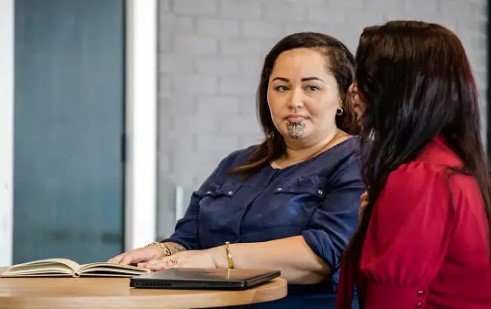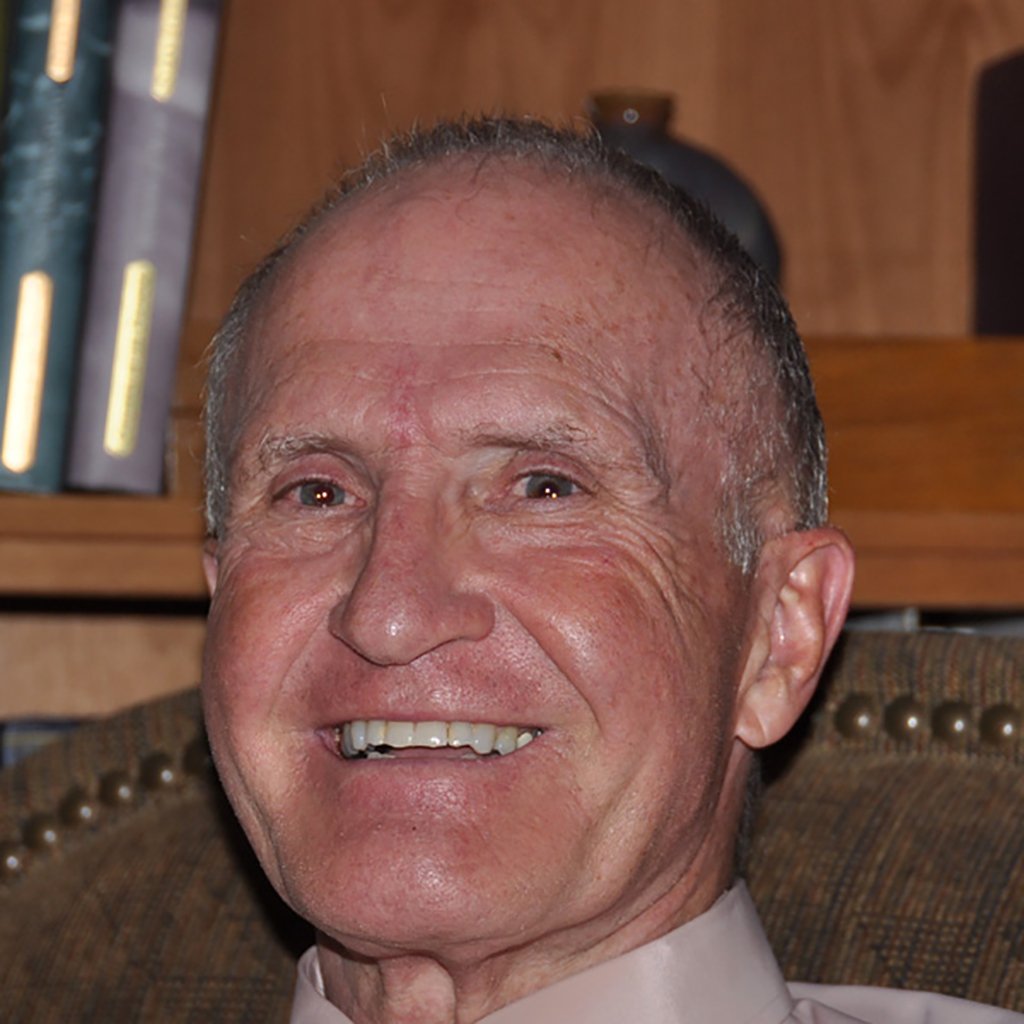Oceania, continued:
New Zealand:
Oceanographic conditions between 700 CE and 1350 CE–approximately the Medieval Warm Period–enabled people to expand and settle subtropical and sub-Antarctic islands across East Polynesia, including Aotearoa [New Zealand], probably the last landmass inhabited by people. Māori ancestors were the first settlers in New Zealand. They arrived from Polynesia between 1200 and 1300 CE, navigating by the ocean currents, winds, and stars. They landed first in the north and then spread to other parts of the country. They formed tribes and developed their own culture and language. Europeans did not discover New Zealand until 1642. From the 1790s, New Zealand was visited by British, French, and American, whaling, sealing, and trading, ships. Their crews traded European goods with the indigenous Māori. The first European settlers to New Zealand were mainly from Australia, many of them ex-convicts or escaped convicts. Sailors, explorers, and traders, from Australia and other parts of Europe also settled.
The New Zealand accent is most similar to Australian accents, particularly those of Victoria, Tasmania, New South Wales, and South Australia, but is distinguished from these accents by the presence of three clipped vowels, slightly resembling South African English. New Zealand pronunciations are often popularly represented outside New Zealand by writing “fish and chips” as “fush and chups”, “yes” as “yiss”, “sixty-six” as “suxty-sux”. New Zealanders in the eastern states pronounce “fear” and “sheer” without any jaw movement, while the westerners pronounce them like “fia” and “shia”, respectively which slightly resembles South African English but in a dialect different from New Zealand English.
Scottish English influence is most evident in the southern regions of New Zealand, especially Dunedin. Another difference between New Zealand and Australian English is the length of the vowel in words such as “dog”, and “job” which are longer than in Australian English and become “doog” and “joob”. This Scottish New Zealander dialect shares the short and staccato pronunciation shared with British English. There is a tendency in New Zealand English–found in some but not all Australian English–to add a schwa between some grouped consonants in words, such that e.g. “shown” and “thrown” are often pronounced “showun” and “throwun”.
Geographical variations appear slight, and mainly confined to individual special local words. One group of speakers are recognized as “talking differently”, viz the regions of Otago and especially Southland, both in the south of the South Island, which harbor a “Celtic fringe” of people speaking with what is known as the “Southland burr” in which “r” is pronounced with a soft burr, particularly in words that rhyme with “nurse” or “curse”. Some sections of the main urban areas of Auckland and Wellington show a stronger influence of Pacific Island, e.g., Samoan, pronunciations than most of the country. While both the Māori language and New Zealand Sign Language have official status–as detailed in legislation–this is mostly limited to the right to use these languages in legal proceedings and other limited circumstances. Standard British English has no equivalent legal protection but has widespread use in the country.
The trilled “r” is used by some Māori, who may pronounce “t” and “k” sounds without aspiration, striking other English speakers as similar to “d” and “g”. This is also encountered in South African English, especially among Afrikaans speakers.
Examples of New Zealand dialect. You will be understood by “Kiwis” if you speak the version of the English language that is native to you or that you have learned. If you want to speak English the way it is spoken in New Zealand or write it as dialect, you will need to learn specific pronunciation differences, at least.
Av: no one from New Zealand says “Avenue.” Dairy=dairy and also refers to the local shop/corner shop; bach/crib=holiday home, often coastal; chilli bin=cooler; jandals=flip flops/thong footwear; Manchester=bed linen; shonky= mild profanity; bat=bet; bet=bit; and bit=but; spud for potato originated in New Zealand; six=seks; and that=a substitution for unnamed other(s)/activity(ies)/thing(s). e.g. “I picked up the tools and that.”; boost it/boosting=to speed/go fast; big-huge=something large, e.g. “there was a big-huge spider crawling down the wall!”; carbonettes=pieces of charcoal used in barbecues; choice!=rejoinder expressing satisfaction; chur!=an interjection, most common being a form of greeting/a contraction of “cheers”, e.g. “chur, bro”/good on you”; convert=to steal a car;
Durry=cigarette; gib board/Gibraltar board =drywall/plasterboard interior wall lining; handle=a 425–500 mL glass of beer with a handle, as sold in pubs; hardout/hard=to show agreement emphasis/intensity; heaps=abundant/plenty/plentifully; hokey pokey=honeycomb toffee; kai=Māori word for food/something to eat; kumara=sweet potato; puckerood= broken/busted/wrecked; rark up=to criticize/confront/hurry along; scroggin=a nutritious snack taken along on hikes by trampers; slab=a case of twelve to twenty four cans of beer bought as a whole; stink=something bad/unfortunate/undesirable/unfair; tramping (noun) tramp (verb)= bushwalking, hiking. Usage is exclusive to New Zealand; up the boohai/in the wop wops=to be lost or stranded, of unknown whereabouts, or when unwilling to divulge whereabouts/in the out-back/in the boondocks; whānau; extended family.
Fairly recently New Zealand dialect speakers have adopted some American words in preference to British. E.g. bobby pin over the British hair pin; muffler for silencer; truck for lorry; station wagon for estate car; stove for cooker, creek over brook or stream, eggplant stove for cooker, median strip for central reservation; pushup for press-up, and potato chip for potato crisp.


